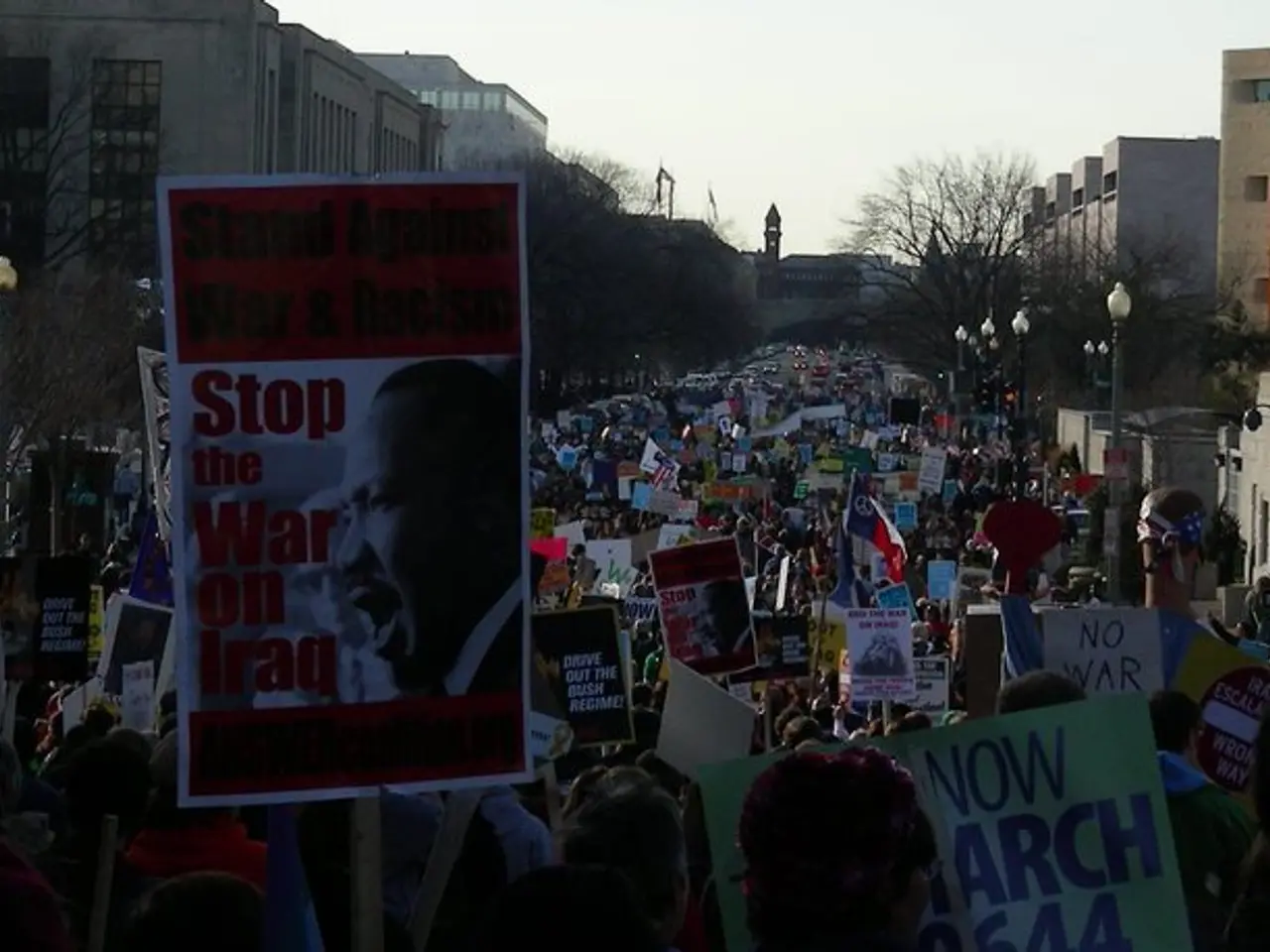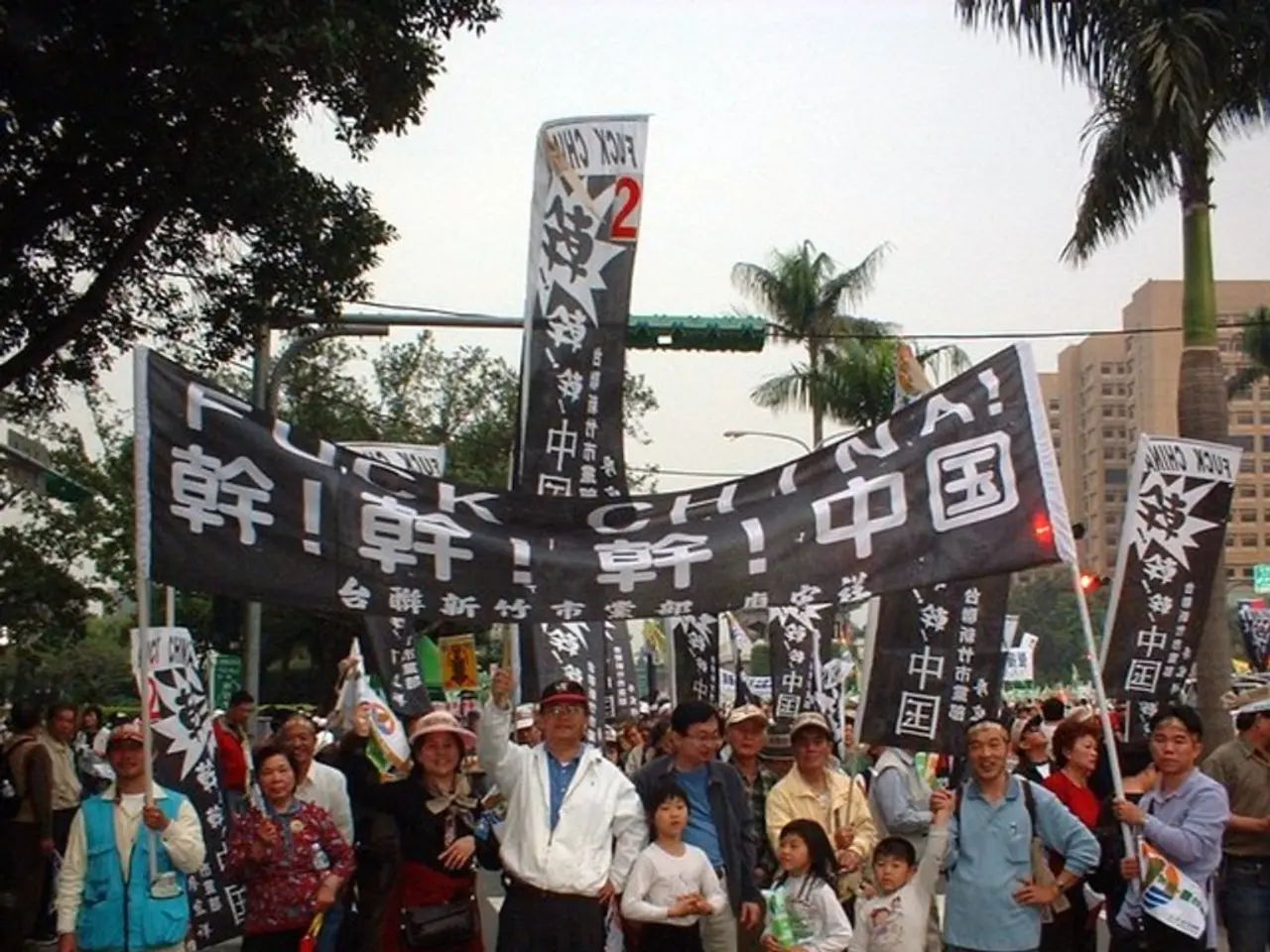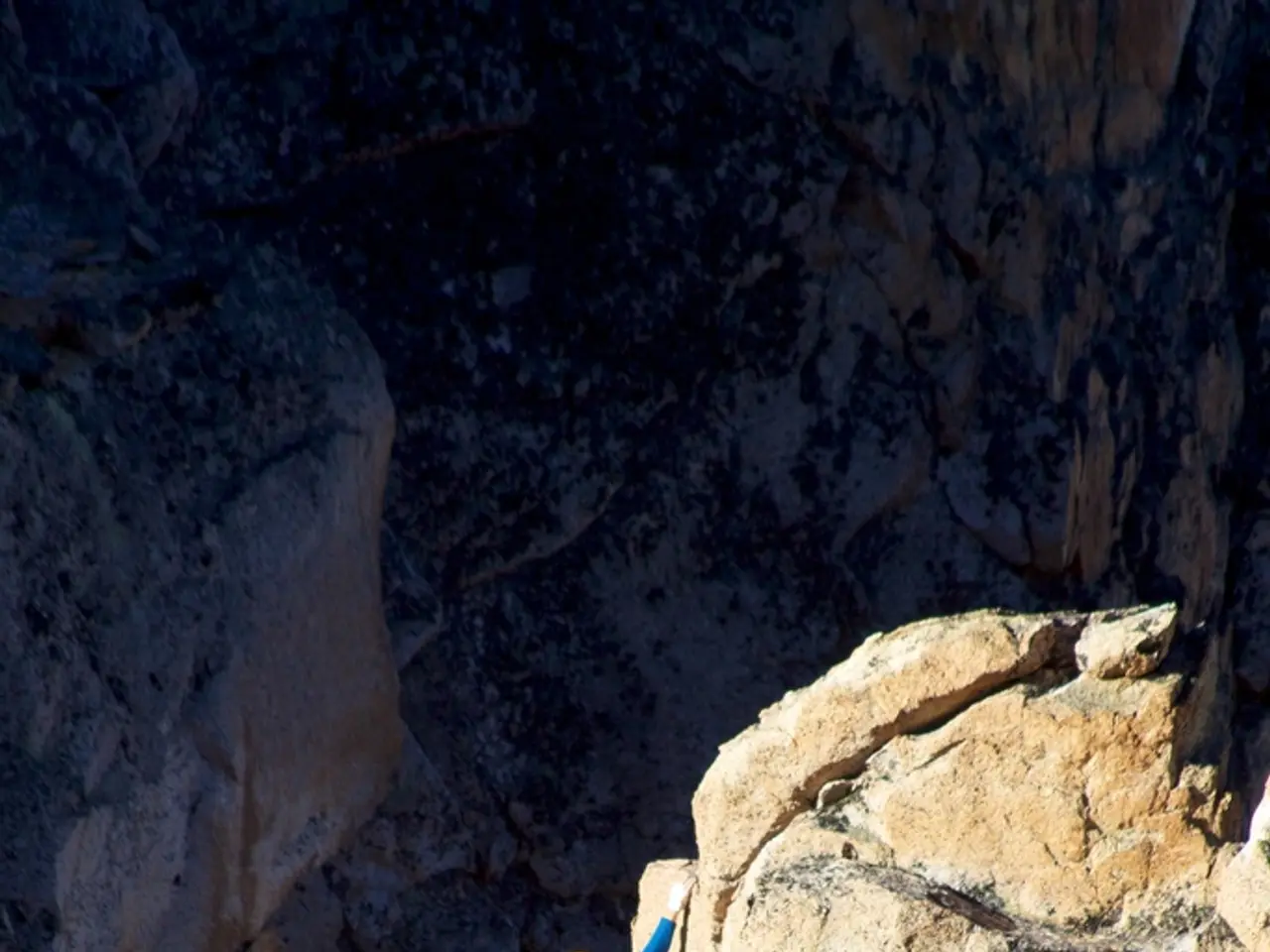Tragedy of Prevailing White Advantage
In a stark contrast to the treatment of insurgents during the Capitol attack in January 2021, Indigenous water protectors and climate activists have faced militarized police forces and long-term, harsh criminalization tactics.
During the protests at the Dakota Access Pipeline site in 2016, Indigenous water protectors were met with military-grade armored vehicles, surveillance drones, snipers, and police with semi-automatic weapons [3]. This aggressive policing is not limited to the U.S., as Indigenous human rights defenders often experience arbitrary detention and systemic criminalization internationally [5].
For instance, ethnic Cham fishers in Cambodia face aggressive and unequal prosecution by local fishery police under environmental protection pretexts, undermining their livelihoods [1]. This inconsistent enforcement highlights a pattern of disproportionate enforcement against Indigenous or marginalized groups.
The relationship between law enforcement and Indigenous people in the U.S. is historically different from that between law enforcement and white people, as stated by Iron Eyes [2]. This disparity is evident in the high number of arrests and lawsuits faced by environmental activists in the U.S. [4]. In fact, 25 states have passed laws that threaten vocal environmentalists, especially oil and gas pipeline opponents, with arrest [4].
In South Dakota, Governor Kristi Noem attempted to pass riot-boosting legislation in 2019 in response to Keystone XL opponents, which was ruled unconstitutional [6]. Despite this, Noem updated the law to continue targeting Keystone XL opponents. Oscar High Elk, a water protector and founder of Roots Camp, was arrested outside the courthouse where Iron Eyes was attending a hearing to represent Jasilyn Charger, another water protector [1]. High Elk currently faces felony charges and could see up to 23 years in jail.
The FBI has been investigating U.S.-based environmentalists as potential terrorists since 2013 [7]. Climate activists in Washington, D.C. have experienced more than 600 arrests by Capitol Police over several months [3]. Extinction Rebellion activists, a global environmental movement, experienced 90 arrests in New York City in 2019 [3].
The roots of this aggressive policing can be traced back to the 18th century slave patrols, as American police departments have their origins in [8]. Evidence shows that white supremacists have infiltrated law enforcement agencies at all levels in the U.S. [8].
While the Capitol attack in January 2021 saw at least 82 people arrested and five deaths [9], the treatment of Indigenous water protectors and climate activists continues to be marked by militarized, criminalizing, and often harsher treatment by police and authorities [3][5]. This pattern of disproportionate policing raises concerns about the fairness and impartiality of law enforcement in environmental activism.
References:
- Cambodia's ethnic Cham fishers face aggressive and unequal prosecution
- Iron Eyes described the struggle of water protectors as life or death
- Multiple Arrests at Climate Protests in Washington, D.C.
- Twenty-five states have passed laws that threaten vocal environmentalists
- Global Witness: 2019 saw the highest number of killings of environmental defenders
- Noem's riot-boosting legislation in South Dakota ruled unconstitutional
- Since 2013, the FBI has been investigating U.S.-based environmentalists as potential terrorists
- American police departments have roots in the 18th century slave patrols
- At least 82 people arrested and five died after Capitol attack
- Environmental activists, particularly those opposed to oil and gas pipelines, face numerous arrests and lawsuits in the U.S., demonstrating a historical disparity in the relationship between law enforcement and Indigenous people.
- Indigenous communities around the world, such as the ethnic Cham fishers in Cambodia, often experience arbitrary detention and systemic criminalization, undermining their livelihoods and rights.
- Climate activists have faced severe policing at protests, with more than 600 arrests by Capitol Police in Washington, D.C., and 90 arrests in New York City by Extinction Rebellion.
- The aggressive policing of climate activists can be traced back to the origins of American police departments in the 18th century slave patrols, and evidence suggests that white supremacists have infiltrated law enforcement agencies.
- In contrast to the treatment of insurgents during the Capitol attack in January 2021, Indigenous water protectors and climate activists continue to face militarized police forces and long-term, harsh criminalization tactics, raising concerns about the fairness and impartiality of law enforcement in environmental activism.





